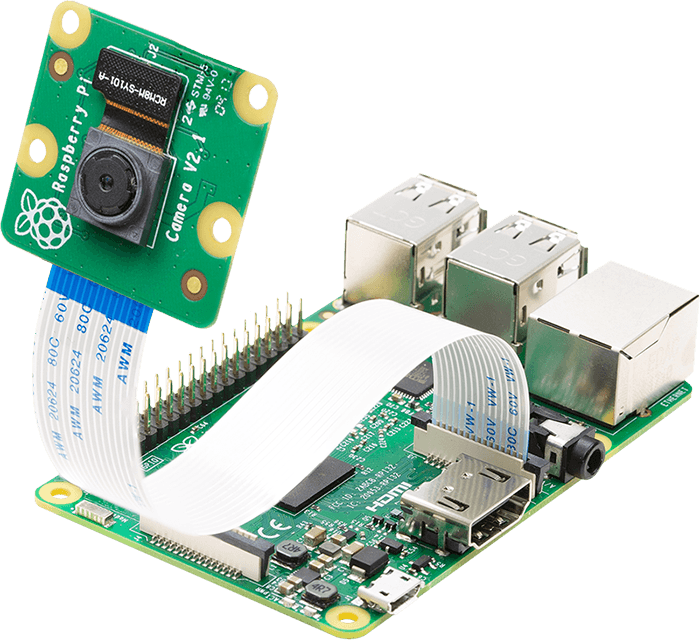PiGear API¶

Overview¶
PiGear is a specialized API similar to the CamGear API but optimized for Raspberry Pi Boards, offering comprehensive support for camera modules (e.g., OmniVision OV5647, Sony IMX219), along with limited compatibility for USB cameras.
PiGear implements a seamless and robust wrapper around the picamera2 python library, simplifying integration with minimal code changes and ensuring a smooth transition for developers already familiar with the Picamera2 API. PiGear leverages the libcamera API under the hood with multi-threading, providing high-performance 
PiGear handles common configuration parameters and non-standard settings for various camera types, simplifying the integration process. PiGear currently supports PiCamera2 API parameters such as sensor, controls, transform, and format etc., with internal type and sanity checks for robust performance.
While primarily focused on Raspberry Pi camera modules, PiGear also provides basic functionality for USB webcams only with Picamera2 API, along with the ability to accurately differentiate between USB and Raspberry Pi cameras using metadata.
Backward compatibility with picamera library
PiGear seamlessly switches to the legacy picamera library if the picamera2 library is unavailable, ensuring seamless backward compatibility. For this, PiGear also provides a flexible multi-threaded framework around complete picamera API, allowing developers to effortlessly exploit a wide range of parameters, such as brightness, saturation, sensor_mode, iso, exposure, and more.
You could also enforce the legacy picamera API backend in PiGear by using the enforce_legacy_picamera user-defined optional parameter boolean attribute.
Furthermore, PiGear supports the use of multiple camera modules, including those found on Raspberry Pi Compute Module IO boards and USB cameras (only with Picamera2 API).
Threaded Internal Timer
PiGear ensures proper resource release during the termination of the API, preventing potential issues or resource leaks. PiGear API internally implements a Threaded Internal Timer that silently keeps active track of any frozen-threads or hardware-failures and exits safely if any do occur. This means that if you're running the PiGear API in your script and someone accidentally pulls the Camera-Module cable out, instead of going into a possible kernel panic, the API will exit safely to save resources.
Make sure to complete Raspberry Pi Camera Hardware-specific settings prior using this API, otherwise nothing will work.
Helpful Tips
-
Follow PiCamera2 documentation and Picamera documentation which should help you quickly get started.
-
If you're already familiar with OpenCV library, then see Switching from OpenCV ➶.
-
It is advised to enable logging(
logging = True) on the first run for easily identifying any runtime errors.
Usage Examples¶
After going through PiGear Usage Examples, Checkout more of its advanced configurations here ➶
Parameters¶
References¶
FAQs¶